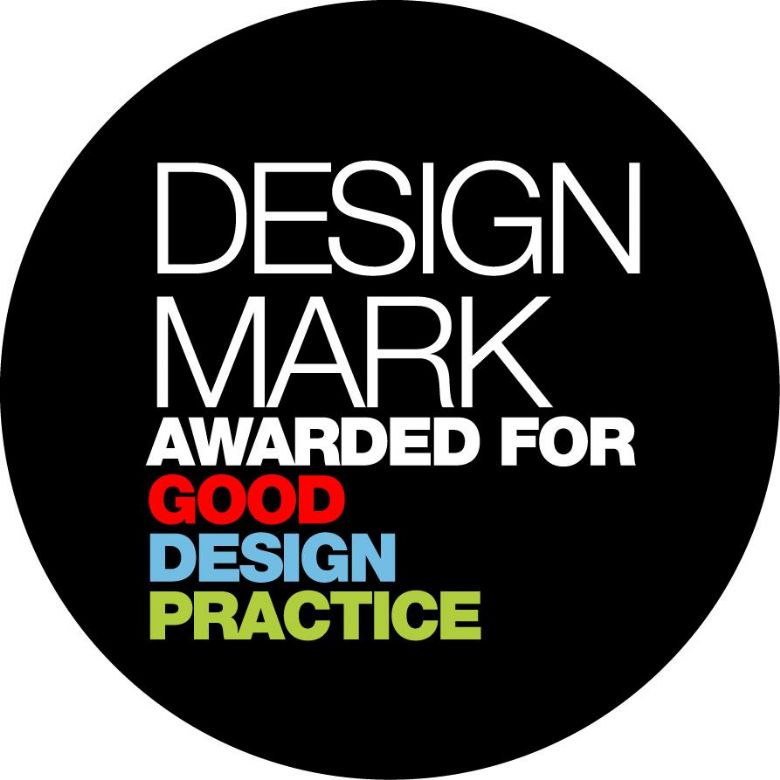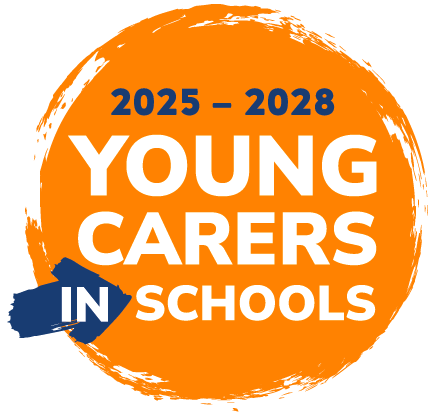GCSE AQA Art & Design
Which examination board syllabus will I follow?
We follow the AQA syllabus in Art and Design. We follow a general art and design curriculum but later in the course some pupils decide to specialise dependent on their expertise e.g., sculpture or textiles.
What will I be studying during the course?
We follow the GCSE curriculum closely from the beginning of year 10 by using themes like ‘Natural and Man Made’ and ‘My world’ where you explore a large variety of techniques from 2D to 3d studies, printing, sculpture, photography, spray paint and digital art. This gives you an opportunity to explore new and exciting techniques and processes that you may not have experienced before. You will later have the opportunity to specialise in distinct areas of study by following your own interests.
What will the controlled assessment be like?
You will be asked to submit a portfolio of work worth 60% of the final mark. You will start working on this from September in year 10. The work will be based on themes and topics suggested by your teachers as outlined above. You will be able to choose the best of your work from those themes, completed within a maximum of 45 hours of lesson time. For your mock exam you will do a controlled assessment of 10 hours based on your final project.
What will the examinations be like?
There will be a set task with themes given by the exam board in January, so you have the opportunity to spend at least 10 weeks working towards your final piece. Pupils are encouraged to work to their creative strengths and to follow their own interests. The actual exam lasts 10 hours and that along with your prep work contributes towards 40% of your result.
Why is art and design important?
The third highest sector of employment in the UK is in the creative industries and graduates of creative studies make up to 70% employment in high paid jobs. We are incredibly fortunate in the art and design department because we have several contacts in industries such as film, theatre, fashion, and working artists and we maintain these links through workshops and visits. The focus of each topic of study will be on exploration, research, developing techniques and outcomes. These outcomes may be linked to a theme or a real-life art and design task giving our pupils an insight into real life employment experience.
Transferrable Skills
Within the context of a formal education the subject supports personal, social, moral, spiritual, cultural, and creative development, also enabling engagement with and exploration visual, tactile, and other sensory experiences which in turn helps to recognise and communicate ideas and meanings. These opportunities enable work with traditional and new media, developing confidence, competence, imagination, and creativity in all future experiences.
GCSE art & craft enables a chance to provide a critical judgement and allows you to communicate ideas, develop confidence, competence, imagination and creativity, layout, and presentation needed in all careers and is an essential life skill particularly with job applications and interviews, preparing presentations, business cards, building websites and generally selling yourself. Analysis, critical thinking, and independent learning are essential qualities in all career paths, these are qualities to help you get ahead and stand out in a crowd.
Routes to employment and post 16 courses
GCSE art is a well-equipped course and has so many interesting and diverse projects that many pupils experience a smooth transition to further and higher education courses studying A level, BTEC Diploma courses and eventually degrees. Many of our pupils have continued onto degree courses at some of the most prestigious universities renowned for art and design such as the likes of Central St Martin’s and Goldsmiths.
Possible career paths
Graphic designer, illustrator, set designer, work in film and television, designing making sets in theatre and film, merchandiser, animator, ceramicist, web design, game design, furniture design, product design, community project artist, commercial artist, teacher, art therapist, architect, interior designer, working in galleries, museum and libraries, curators, restorer.
FAQs
Why take GCSE Art?
If you enjoy being creative, want to increase your practical skills and improve your analytical, communication and research abilities, art is a great choice. We encourage ingenuity and independence of thought that help you with further study and the world of work. The skills you gain make it a great complement to other subjects, challenging the way you see things, problem solve and make sense of the world around you. Studying art can open the door to lots of exciting careers in the creative industry: the fastest growing sector of the UK economy!
What skills will I be using?
In GCSE you are assessed on 4 main criteria: Research and contextual investigations, experimentation, recording of ideas and presenting a final piece. You have had good practice in all these areas in KS3.
What will we be making?
You will have set projects with a given theme. KS4 differs to the way that art has worked so far in that you will have more autonomy over your outcomes. Your investigations and experimentation will be different to your peers, so one project can produce a range of exciting outcomes for everyone utilising your own personal skill set; paintings, sculptures, illustrations, installations or digital art!
What is the workload like?
GCSE art is coursework based so the work does begin right from year 10. The good news is that towards the end of year 11 when you are gearing up for exams, much of your art GCSE is behind you. People work at different paces, but the minimum expectation is a finished sketchbook page per week.
What equipment do I need?
We have a fantastic range of art materials and industry standard computer software in our studios but we do advise pupils to make sure they have a range of basic art materials available at home for homework tasks. As you progress on the course, it will become clearer what you use a lot of, but we would advise all pupils to have a set of sketching pencils, watercolour paints, black fine liners and marker pens, coloured pencils, and a white gel pen.
What is a portfolio?
Your portfolio is your outcome of your GCSE coursework. It is a culmination of all of your best work over the 2-year course that reflect the assessment objectives. This is what will be marked, and you can take it with you to college interviews, job interviews or to look back at all that you have achieved!










